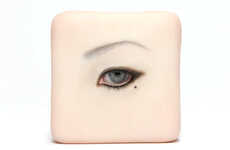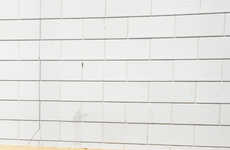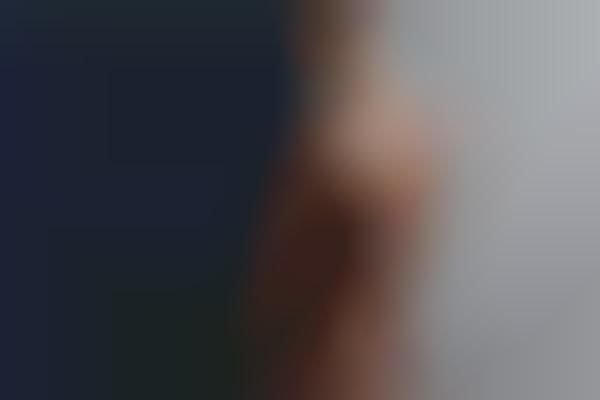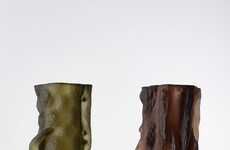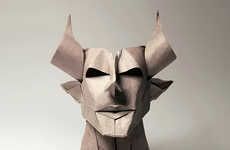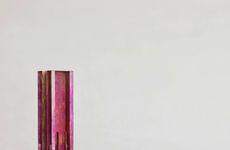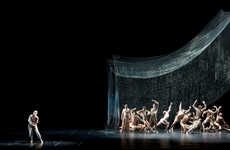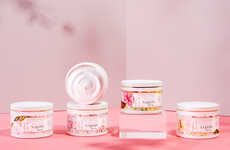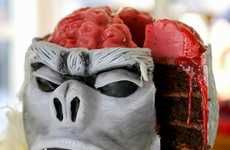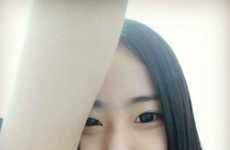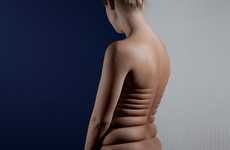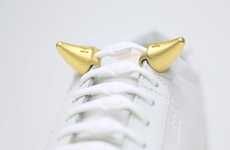
Juuke Schoorl's Skin Art Stretches Skin to Make Different Shapes
Alyson Wyers — November 20, 2014 — Unique
References: juuke.nl & designtaxi
Based out of the Netherlands, photographer Juuke Schoorl is using human skin as a canvas to manipulate forms and create a new kind of skin art. The photographic series called Rek (stretch in Dutch) uses image capturing methods and inexpensive items such as nylon fishing rope and tape to change how skin looks. The artist alters the intriguingly stretchy biological material to temporarily take on different forms, shapes and textures, often giving it a grotesque aspect.
The skin art showcases the medium's flexibility and adaptable nature. Schoorl emphases to look beyond the skin's function "as our own biological upholstery" to see it as an artistic format "possibly in the form of a dress-less fashion."
Knowing the images are not photoshopped make them especially thought-provoking.
The skin art showcases the medium's flexibility and adaptable nature. Schoorl emphases to look beyond the skin's function "as our own biological upholstery" to see it as an artistic format "possibly in the form of a dress-less fashion."
Knowing the images are not photoshopped make them especially thought-provoking.
Trend Themes
1. Skin Art - The trend of using human skin as a canvas for artistic manipulation provides opportunities for innovative approaches to body art and self-expression.
2. Stretchable Mediums - The trend of manipulating skin to take on different forms and shapes opens up possibilities for stretchable materials in other industries like fashion, interior design, and product design.
3. Biological Adaptability - The trend of exploring the flexible and adaptable nature of human skin can inspire disruptive innovations in the field of materials science, bioengineering, and medical technology.
Industry Implications
1. Body Art - The use of human skin as a canvas for artistic manipulation presents new opportunities for the body art industry to push boundaries and explore unconventional techniques.
2. Fashion - New forms of skin art that resemble dress-less fashion create disruptive innovation opportunities for the fashion industry to experiment with unconventional materials and expand the concept of clothing.
3. Materials Science - The stretchiness and adaptive properties of human skin as showcased in skin art pose disruptive innovation opportunities for materials scientists to develop new high-performance, stretchable materials for various industries.
6.9
Score
Popularity
Activity
Freshness



